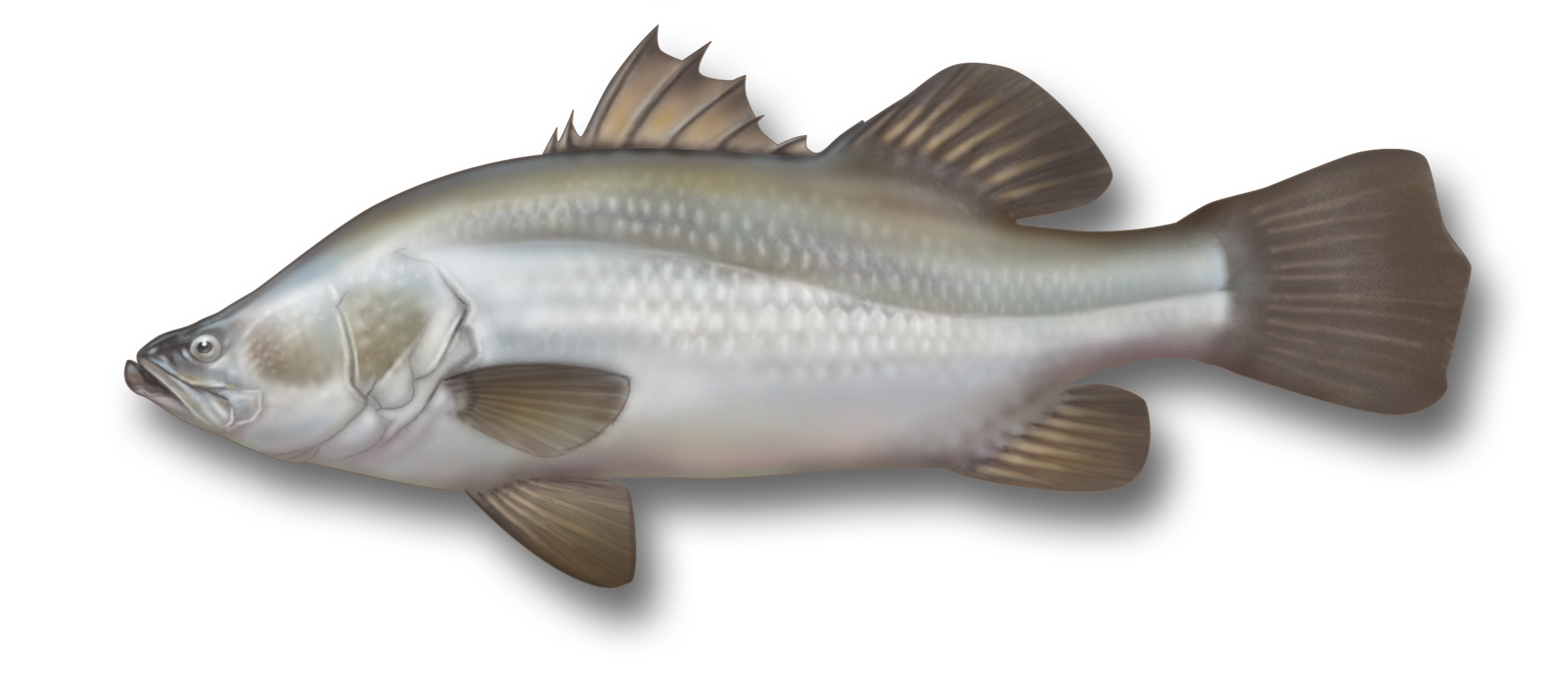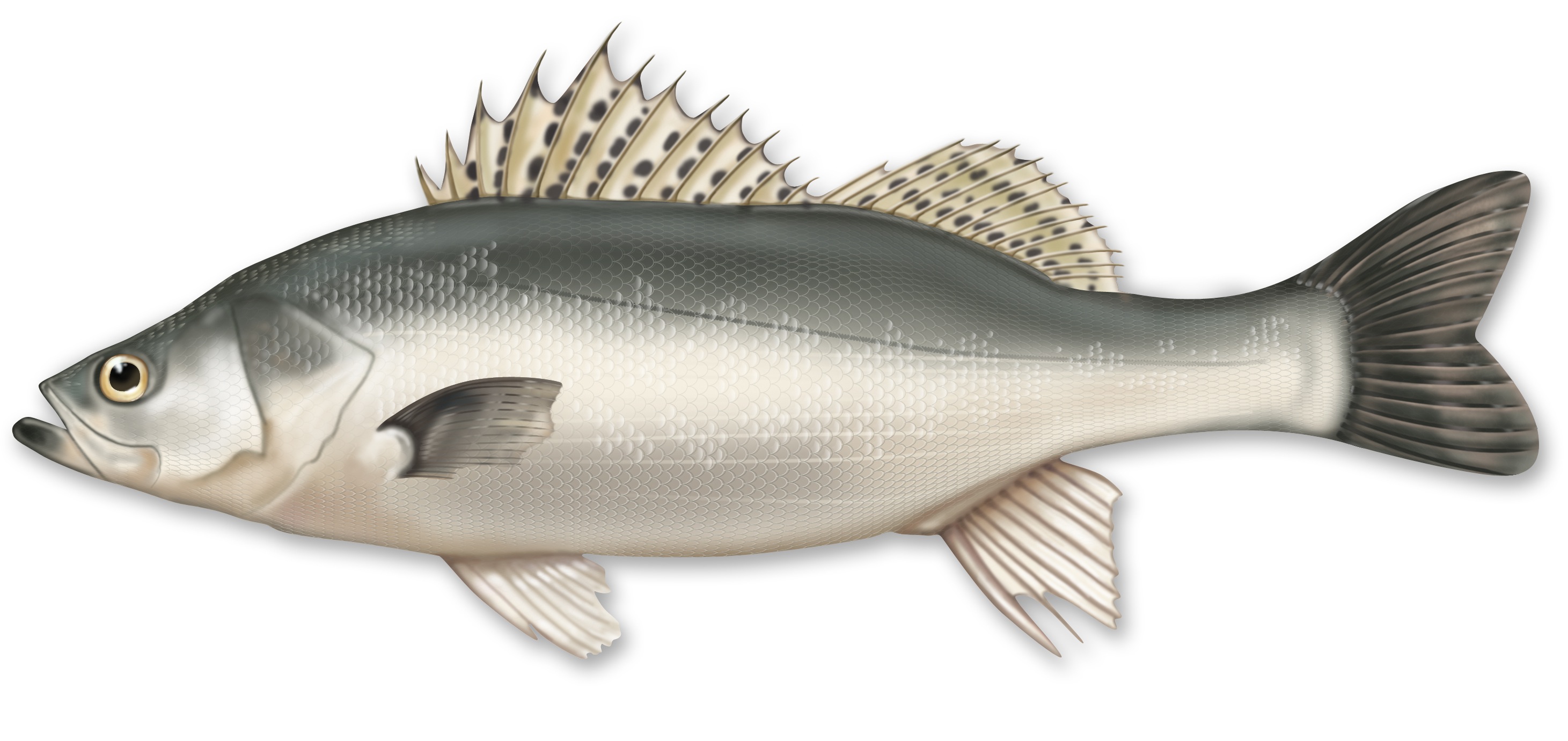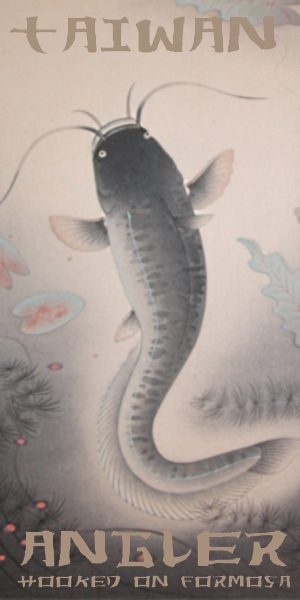Species Profile: Barramundi
 Saturday, December 11, 2010 at 12:05AM
Saturday, December 11, 2010 at 12:05AM Family: Latidae Barramundi
Barramundi
Scientific names: Lates calcarifer
Common names: Barramundi, Asian sea bass, giant sea perch
Habitat: Inshore reefs, bays, harbors, estuaries, and lagoons. Can tolerate salt, brackish and fresh water.
Size range: Up to 200 cm.
Angling tactics: Casting solid and soft body lures is the most common tactic. Barramundi are most active inshore and in river systems in the warmer months, but can be caught year round.
The barramundi takes its name from the Australian aboriginal word for “large-scaled river fish.” How’s that for a to-the-point description? Found from the Arabian Peninsula to East Asia, the barramundi is prized throughout the region both as an important commercial fish and a favorite of recreational anglers. Equally at home in salt and fresh water, Australians stock many of lakes and reservoirs with this hearty and hard-fighting fish. The barramundi is a centerpiece of Thai cuisine and farmed extensively there and in several other Asian countries, including Taiwan.
In Taiwan barramundi can be found both in commercial fish farms, as well as coastal rivers, lagoons and harbors all along the west coast and southern tip of the island (see map). It shares this habitat with the Japanese sea bass (Suzuki fish) and it is easy to confuse to two because of their similar coloration and general appearance. The barramundi can be distinguished from the bass by its rounded tail fin and concave back that give the fish’s head a more pointed and protruding appearance.
Barramundi are aggressive predators whose diet is comprised mainly of smaller baitfish, crustaceans and squid. Lures and saltwater flies (streamers) that imitate these seem to work best. Live and dead bait can also be productive, but live is the preferred choice. Fish will often hold around structure and ambush passing baitfish. Dawn and dusk are considered good times for barramundi, particularly in the summer months. The peak of the tide is also optimal when fishing bays and estuaries. Japanese sea bass (suzuki) for comparison
Japanese sea bass (suzuki) for comparison
 Chris Jackson |
Chris Jackson |  1 Comment |
1 Comment |  18 References | | tagged
18 References | | tagged  bar,
bar,  barramundi,
barramundi,  estuary,
estuary,  fishing in Taiwan,
fishing in Taiwan,  lure fishing in
lure fishing in  Estuary Targets,
Estuary Targets,  Freshwater Targets,
Freshwater Targets,  Saltwater Targets
Saltwater Targets 








